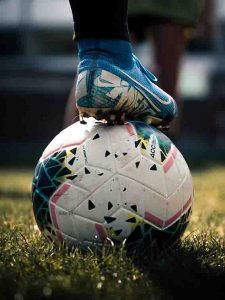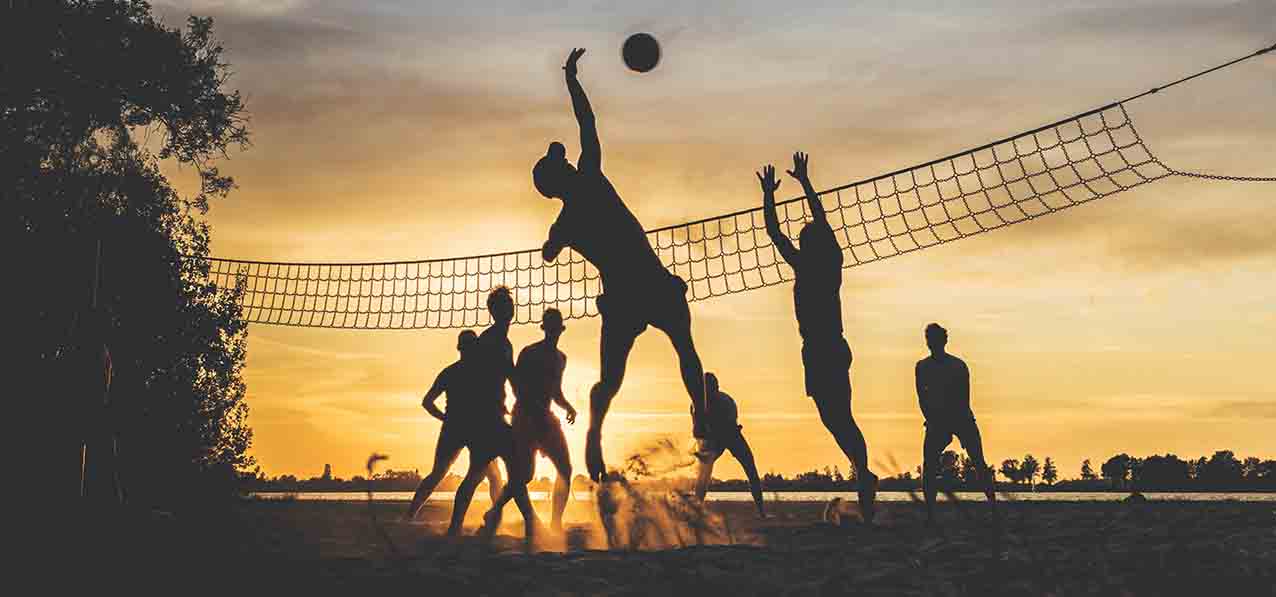Whether you’re a pro athlete or a weekend warrior, when you have an injury, you want the best sports physiotherapist to help you recover as quickly as possible. A sports physiotherapist is a specialist in rehabilitation, treating sports injuries such as sprains and fractures, and helping people recover from surgery. A great sports physio will be able to assess your problem, diagnose the cause and design a rehabilitation program to get you back in the game as soon as possible.
If you had a sports injury and you wish to consult the best sports physios in London, you can contact Excellence Physiotherapy on 02071250262 – 07824553765 or Simply click here to BOOK ONLINE
What are The Most Common Sports Injuries?
Sports injuries can range from acute injuries such as sprains and fractures to overuse injuries such as tendonitis and tissue damage (muscle tear). Most sports injuries are caused by a sudden impact, such as a tackle in football, or by regular wear and tear such as running on the same track day after day.
The most common sports injuries are sprains, tendonitis, muscle tear and fractures.
Description of the most common sports injuries

Sprains are caused by a sudden impact when a ligament is stretched too far. The ligament is then overstretched and cannot do its principal role which is keeping the joints stable. The common symptoms of a sprain are swelling, tenderness and pain.
Tendonitis is a condition where the tendon becomes irritated and inflamed, often causing pain and stiffness. It is usually caused by repetitive use, overuse, or a micro-tear in the tendon. The main symptoms of tendonitis are swelling, soreness, pain, and stiffness.
Muscle tear is a condition where a muscle fiber is torn, causing pain and weakness. You often see a bruise appearing at the place of the tear. The most common symptom of a muscle tear is a sudden, sharp pain, followed by weakness.
What is the initial treatment after a Sports Injury?
For all the 3 above sports injuries the initial treatment that you can and should do yourself will be the R.I.C.E approach (rest, ice, compression, elevation):
- Rest: Limit any activities that increase or trigger the pain, the swelling or simply the discomfort.
- Ice: Ice the area immediately. You can use an ice pack, frozen peas (the simpliest that work the best) or dip your injury in a bath of ice and water for 15 to 20 minutes. Repeat the icing of your injury every two to three hours while you’re awake for the first few days after the injury.
- Compression: In order to reduce the swelling, compress the area with an elastic bandage until the swelling stops. Don’t wrap it too tightly or you may stop the blood flow and start feeling pins and needles. You can also use compression stokings the first 5 days of your injury to avoid any chance of flebitis.
- Elevation: Elevate the injured limb above the level of your heart, mainly at night, which allows gravity to diminish the swelling.
Physio Tip: In order to reduce the inflammation fast and efficiently, I always ask my patient to use Arnica gel or Voltaren gel as a poultice overnight. To do so, take a good amount of arnica gel, rub it lightly on your injury leaving a thick layer on your limb and wrap it with cling film. This homemade poultice is really efficient to diminish the pain and the swelling directly after an injury. I advise my patient to do so 3 nights in a row.
Sports Injury Rehabilitation with a Sports physiotherapist
After 2 to 3 days or R.I.C.E treatment, it is time to start your sports injury rehabilitation as soon as possible
Physiotherapy Assessment of your Sports Injury
The sports physio will always start with an assessment of the injured limb, measuring the swelling, and the pain, testing the mobility and the strength (if it doesn’t trigger the pain). He will also check the stability of the joint and will check any exams that you might have done in the past (X-Ray, MRI…)
Once your sports physiotherapist has a precise vision of your injury, he will be able to decide the best way to treat you and will prepare a rehabilitation plan for you.
Physio tip: At no time of your rehab you should push exercises too far, it is important to not trigger any pain so the body and muscles around your injury can start to relax and free the mobility of your joint.
The main objective of physiotherapy is to rehabilitate sports injuries in order to achieve full and functional recovery. The most important aspect of sports rehabilitation is to start slowly, with small goals, and to increase the intensity and duration of the rehabilitation progressively.
What are the steps of a good sports injury rehabilitation with a Sports Physio?
To relieve the pain: Massage, cryotherapy, anti-inflammatory when necessary.
To restore the function of the injured limb: by working on mobility (Range of Motion): the sports physio will start with passive mobilisation of the injured limb. Further in time, He will work on active mobilisation of the joint.
To restor strength and Stability: Once your pain is reduced and the range of motion is restored, at least partially, the sports physio will start to work on the strength of your muscles using a large panel of reinforcement exercises. He will increase the intensity of the exercise over time and will give you some to do at home.
And Finally, the most important step of sports injury rehabilitation is to work on your proprioception, to avoid recurrent injuries.
Why Shall I finish my Sports Rehab with my Sports Physio by doing proprioception Exercises?
Proprioception is the ability of our muscles to sense the position of our body parts. When we move, our muscles are constantly sending information about their length and the position of our joints to our brain. This information helps our brain to keep our joints in the correct position during movement. Without proprioception, our joints would move out of position, which could lead to further injury.
It is very important to restore the proprioception at the end of the rehabilitation process with your Sports Physiotherapist, by working on your balance and working in an unstable position in order to retrain your muscles to use their receptor and contract properly at the right time to avoid further injuries.
Physio Tip: This step is often overlooked by patients who don’t feel pain anymore, have good strength, feel strong again, and want to stop physio as soon as possible. Unfortunately skipping this part of the rehabilitation process is often the reason for relapse.
Be strong till the end and do your proprioception properly, it will save you from injuring yourself again!


